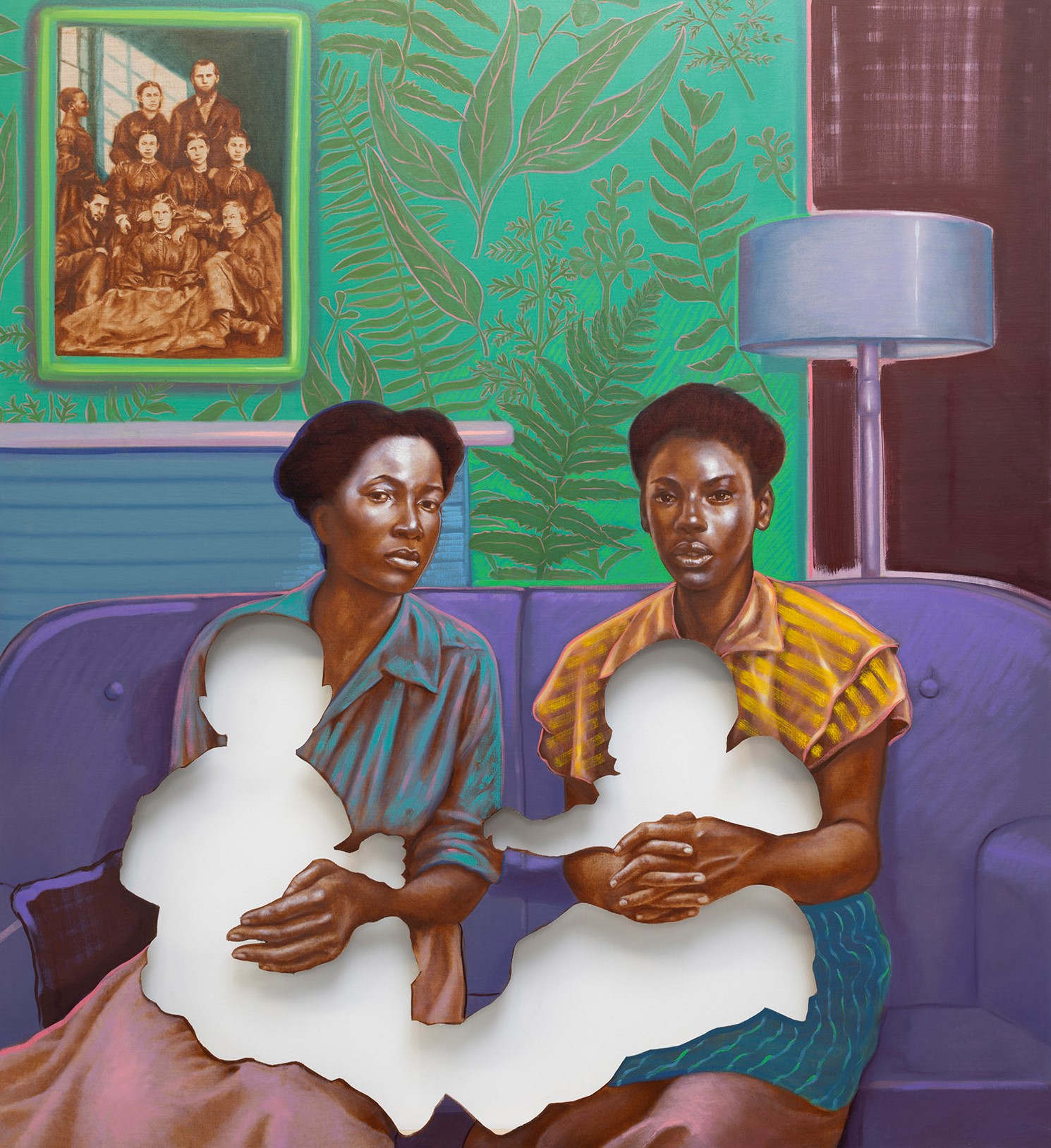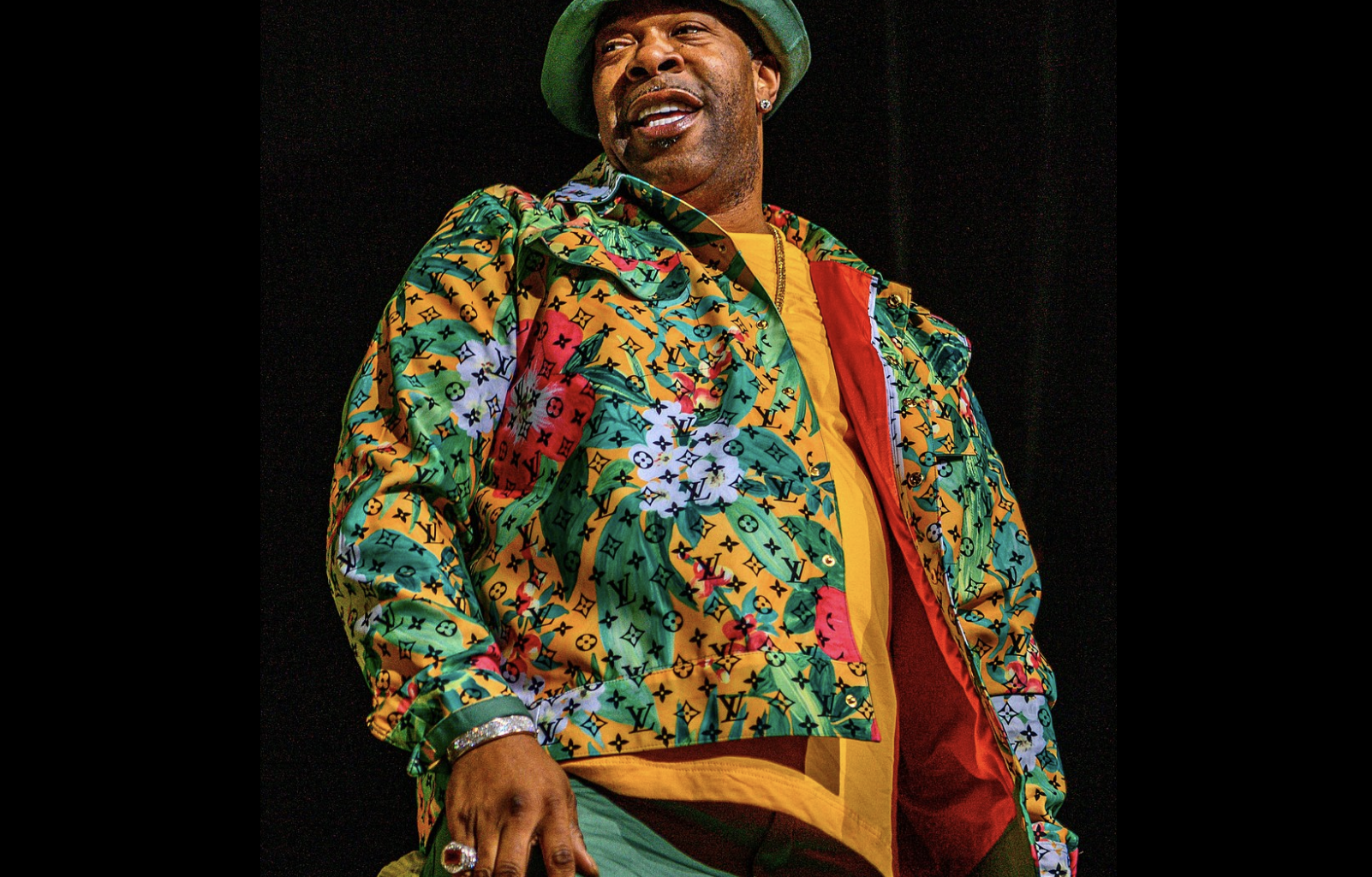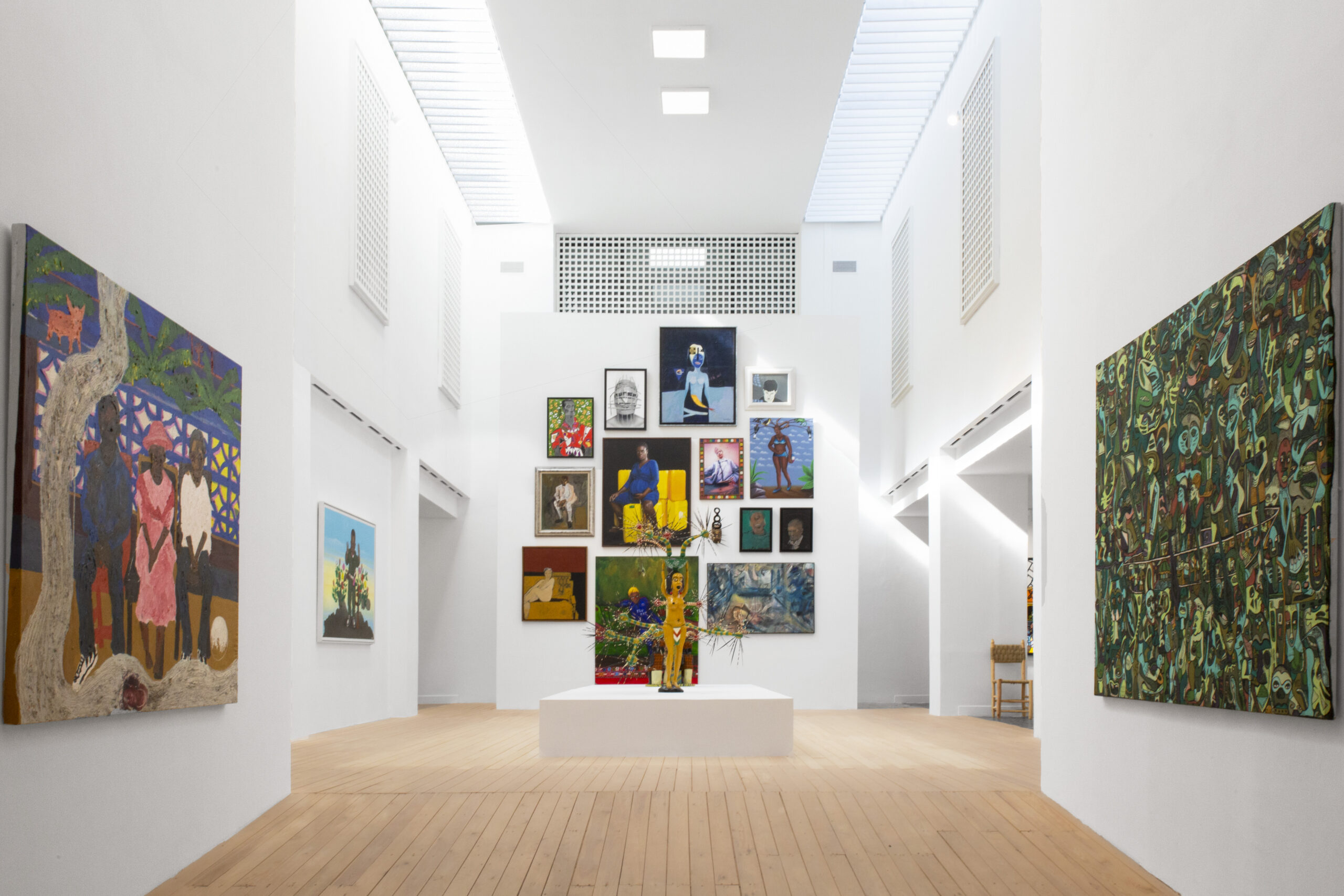Picturing Motherhood Now brings together work by 33 diverse
contemporary artists who interpret motherhood as a term with many meanings. The exhibition focuses
on art created in the past two decades, including work by Wendy Red Star and LaToya Ruby Frazier,
while integrating work by significant pioneers, including Louise Bourgeois, Alice Neel, Betye Saarand
others, to narrate an intergenerational and evolving story of motherhood. In their art, made in a variety
of media, motherhood becomes a lens through which to examine contemporary social issues—the
changing definitions of family and gender, the histories and afterlives of slavery, the legacies of
migration and the preservation of matrilineal Indigenous cultures. Picturing Motherhood Now is on
view in the Kelvin and Eleanor Smith Foundation Exhibition Gallery from October 16, 2021, through
March 13, 2022.
“Picturing Motherhood Now examines contemporary interpretations of motherhood against the
backdrop of the CMA’s encyclopedic collections,” said William M. Griswold, director of the CMA.
“Visitors to this compelling exhibition will understand how these artists challenge traditional
representations of motherhood and how they diverge from historical treatments of the theme.”
“The subject of motherhood touches every human life—and its representation has been a major theme
throughout the history of art,” said Emily Liebert, curator of contemporary art. “Images of motherhood
reflect the eras and cultures in which they were created, and the art of the present is no exception. The
artists whose work is in Picturing Motherhood Now cast new light on our own time.”
“This presentation also includes exciting newly commissioned work as well, including new work by
artists Wendy Red Star, Carmen Winant and M. Carmen Lane,” said Nadiah Rivera Fellah, associate
curator of contemporary art.
Picturing Motherhood Now unfolds in four thematic sections. In each, representations of motherhood
explore a different facet of contemporary culture and society.
• Missing Pictures features artwork focused on aspects of motherhood that have been absent
from traditional images of the subject. The paintings, photographs and sculptures here
introduce multiple identities, social realities and humble details of everyday life. In particular,
Missing Pictures highlights the growing number of artists who have in recent years represented
Black and brown motherhood, offering positive and empowered images of these mothers and
addressing the inequalities and injustices within their histories.
• The artists in Making and Matrilineage preserve matrilineal and Indigenous artistic traditions
that are passed down from one generation of women to the next. Their work animates and
carries forward in time maternal knowledge and histories of making. Some artists use found or
family photographs, while others engage with tradition through materials such as clay and
thread. All the artists celebrate mothers as the leaders and maintainers of cultural traditions.
• For the artists featured in Mother Tongue, language and narrative are the primary mediums to
animate strong female protagonists. The stories that unfold in this section span generations.
While they often focus on individual experiences, they point to collective social histories relating
to ecology, land use and issues of economic equality.
• Kinships celebrates unconventional ideas of motherhood and family. The artists in this section
give form to maternal lineage that is not necessarily biological, nor even rooted in normative
gender identities. They show the ways that heritage can be anchored instead by shared values,
politics and artistic ideals.










